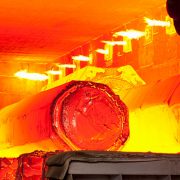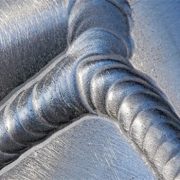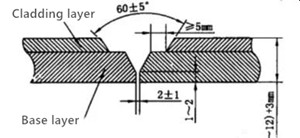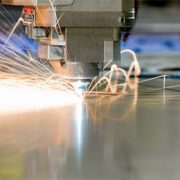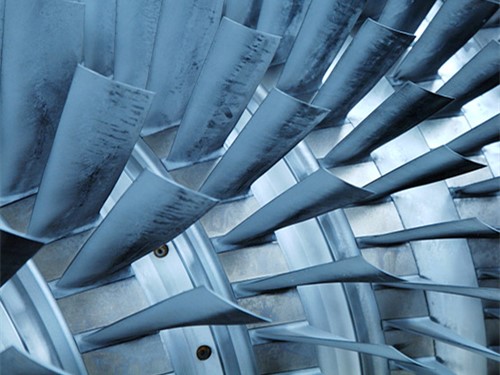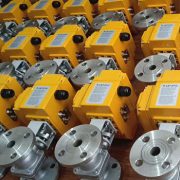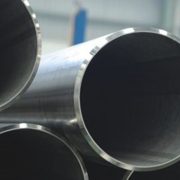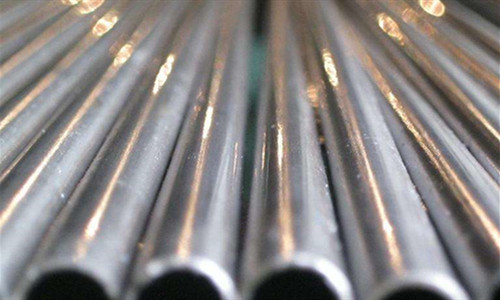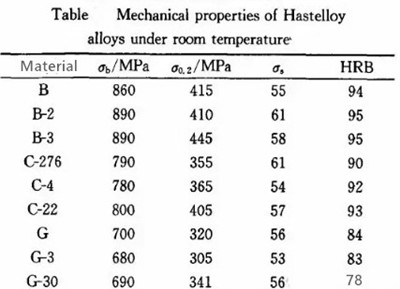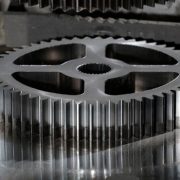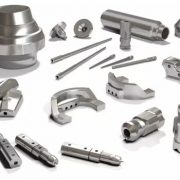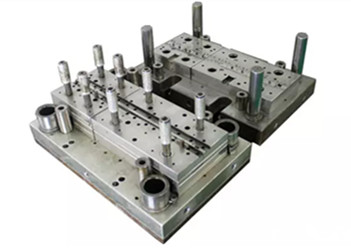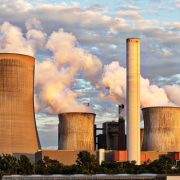The heat treatment of H13 hot steel
H13 is the most commonly used hot work steel, it has higher thermal strength and hardness, wear resistance and toughness, better heat resistance fatigue performance, has been widely used in the manufacture of various forging die, hot extrusion die and aluminum, copper and its alloy casting mold. Hot-working tool steel undertakes a lot of impact load, friction, intense cold and heat cycle caused by thermal stress and high-temperature oxidation, often produce a series of failure forms such as crack, collapse, wear and so on.
H13 steel is a type of hypereutectoid alloy steel, and its metallographic structure has many defects such as non-metallic inclusions, carbide segregation, loose center and white spots, which can reduce the strength, toughness and thermal fatigue resistance of die steel. Heat treatment technology has a great influence on the structure and performance of the H13 steel mold.
Forging process
H13 steel contains quite high alloy elements, offering poor thermal conductivity and low eutectic temperature, easy to cause overburning. For the blank with Ø 70 mm H13 steel block in diameter, it should be preheated within the range of 800 ~ 900 ℃, at first, then in the forging heating temperature 1065 ~ 1175 ℃, repeatedly pulling long upsetting forging, be noted that the forging ratio should be greater than 4.
Spheroidization annealing process
The purpose of spheroidization annealing is to uniform structure, reduce hardness, improve cutting performance and prepare the structure for quenching and tempering. The annealing process is insulated at 845 ~ 900℃ (1h+1min) /mm, then cooled to 720 ~ 740℃ isothermal (2h+1min) /mm, and finally cooled to 500℃ and out of the furnace, spheroidization annealing structure is pellet pearlite and hardness less than 229HBS.
Quenching and tempering process
The best heat treatment process of H13 steel is that the oil cold quenched or fractional quenched after heating at 1020 ~ 1080℃, and then it is tempered at 560 ~ 600℃ twice. The microstructure is tempered torstenite + tempered sostenite + residual carbide, and the microhardness is 48 ~ 52HRC. For high thermal hardness requirements of the mold (die casting die) can be taken upper limit heating temperature quenching. The lower limit heating temperature can be used to quench the mold (hot forging mold).
In addition, the manufacture of H13 steel mold has to go through a series of processes such as forging, annealing and machining. Improper operation in each process will cause premature failure of the mold and reduce its service life. Therefore, attention must be paid to the influence of preheating, cooling and lubrication of the mold, forging, cutting, grinding and EDM on H13.

